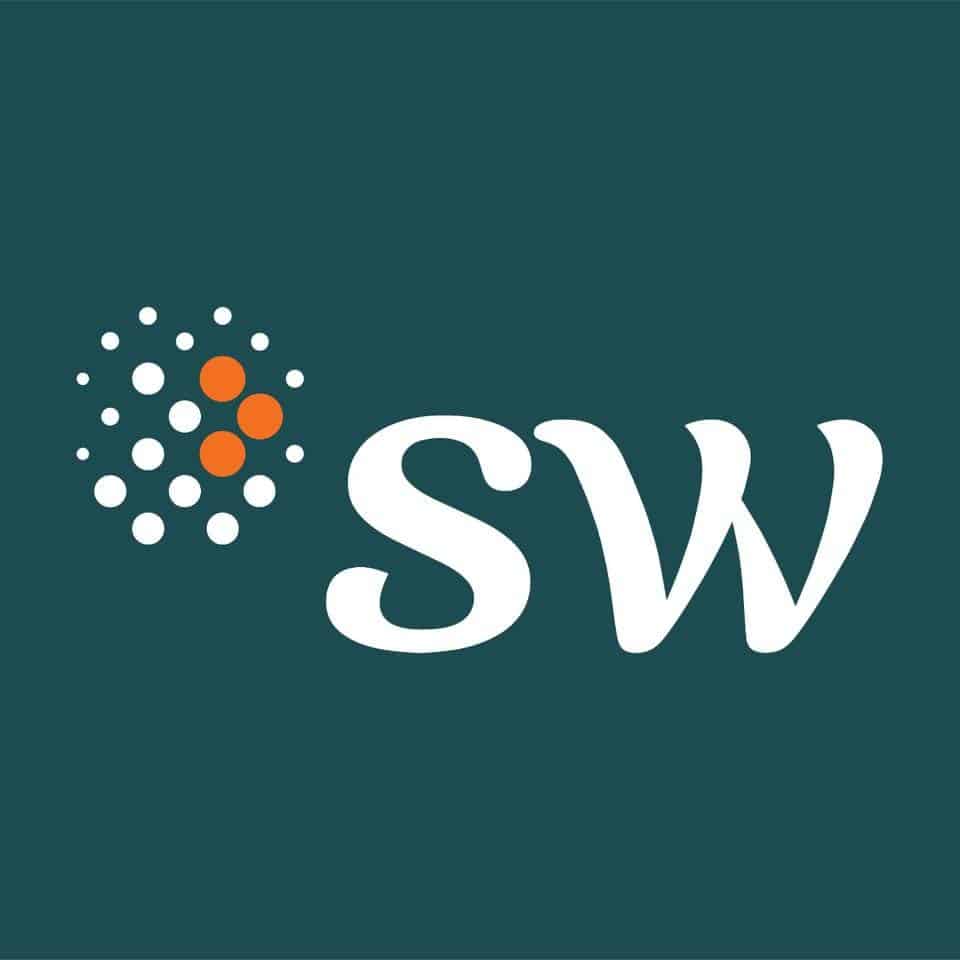Customer loyalty programs are used by the Company to provide incentives to customers who purchase their goods or services. If a customer purchases goods or services, then the Company will reward points to the customer (often described as “points”).
Table of Contents
The customers may be required to accumulate certain amounts of points before they can redeem the points. Customers can exchange those accumulated points for goods for free or at a discounted price. Reward points can be linked to individual or group purchases, or for continuing orders over a specified period.

Discount Incentive by Volume
The Company provides to customers as part of sales transactions, such as; the sale of goods, the provision of services or the use of the Company’s assets by customers. In addition, the reward depends on the fulfillment of any further conditions required. The customer can exchange the points for goods or services for free or at a discount in the future. The customer loyalty programs that will be discussed in this article are a discount incentive by volume.
Loyalty Programs Accounting as Treatment for Customers
The accounting treatment for this customer loyalty programs is covered under the accounting standard PSAK 72 – Income from Contracts with Customers, effective January 1, 2020. Discount incentive programs based on volume causes the value of rewards/payments received by the Company to be variable because it depends on future events that could occur or do not occur (in this case, whether the customers could get the discount incentives or not). The Company is required to estimate the amount of consideration to be received related to the sale in order to determine the value of the income to be recognized, and this can be based on experience for the product.
Methods for Estimation: Expected Value and Most Likely Amount
Companies need to make an estimate of the possible realization of discount incentives and estimates of the value of incentives that will be realized. There are 2 methods to choose from, where the Company can adjust them depending on which method is estimated to be better.
First, the expected value. The expected value is the weighted value of the possibilities that have been estimated by the Company for the discount incentives to be realized. If the Company has a large number of contracts with similar characteristics, this expected value will be the appropriate estimation method.
Secondly, the most likely amount. This indicates a single amount that is most likely to occur from the estimates made by the Company. This is more suitable if the contract has only 2 possibilities, the customer will take advantage of the incentive, or not.
Example: Accounting Treatment of Discount Incentives
The Company applies one method consistently to the entire contract when estimating the possibility of discount incentives to be provided. The accounting treatment of discount incentives and calculations is described in the following example:
The Company entered into a contract with customer A on January 1, 2021 to sell S products at a price of 1,000 per unit, if the customer purchases more than 20,000 units in 1 calendar year, it will be given a 10% discount incentive (a discount of 100 per unit purchased) for the goods that have been purchased.
Based on experience from previous years, customer A bought S products at an average of 6,000 units per year. As of March 31, 2021, the Company sold 1,500 units of S products to customer A and the Company estimates that the purchase of customer A will not exceed the required 20,000 units limit for the discount volume in the calendar year. The Company will recognize revenue of 1,500,000 (1,500 x 1,000) for the quarterly period ended March 31, 2021. Because it is estimated that there will be no discount incentives for customer A.
For the second quarter ended June 30, 2021, customer A purchased an additional 18,000 units of S products. With the conditions until June 2021, the Company estimates that the purchase of customer A may exceed the limit of 20,000 units in 2021. The Company estimates that customers will most likely be able to reach the volume target as agreed in the contract, and the Company needs to provide discount incentives to customers.
Then the Company will reduce the price per unit to 900 (price after the incentive discount of 10%) on the sales that has been recognized from January 1, 2021 to June 30, 2021. The Company recognized sales for the quarter ended June 30, 2021 of 16,050,000, the amount coming from 16,200,000 (18,000 units x 900) minus the change in the quarter 1 sales transaction price of 150,000 (1,500 units x 100 price reductions).
Recognizing Revenue and Liabilities
The value of the consideration that the Company has received relates to the sale of goods during the period, which exceeds the value of the recognized sales for the period, and is recognized as a liability. Depending on the facts and circumstances associated with the contract, the recognized liabilities reflect the obligation of the Company to return the consideration received. At the time the contract period on the incentive expires, the Company can calculate the amount of the customer’s discount incentive value and make a payment or deduct it from the customer’s bill.
Looking for expert assistance in managing your loyalty programs accounting? Look no further than SW Indonesia. With our deep understanding of accounting standards and expertise in loyalty program management, we can help you optimize your customer loyalty initiatives and drive business growth. Contact us today at +62 2993 2132 or email us at info@sw-indonesia.com to learn more about our services and how we can support your organization in maximizing the value of your loyalty programs. Let us be your trusted partner in navigating the complexities of loyalty programs accounting and achieving your business goals.













